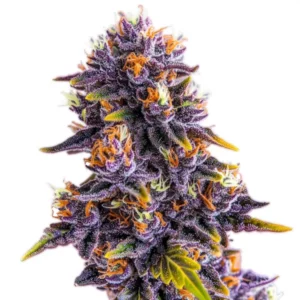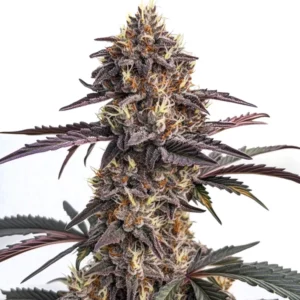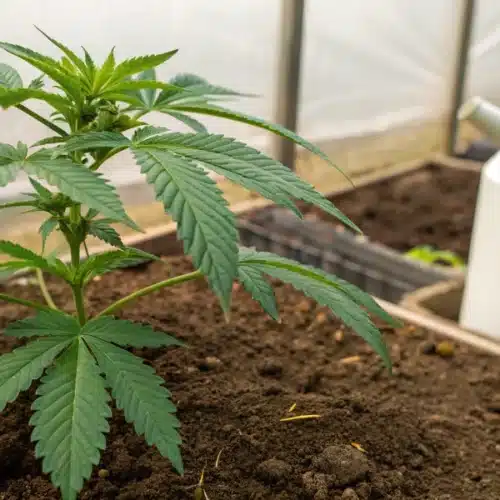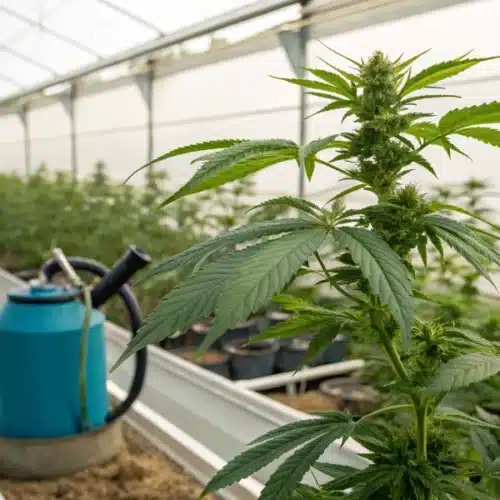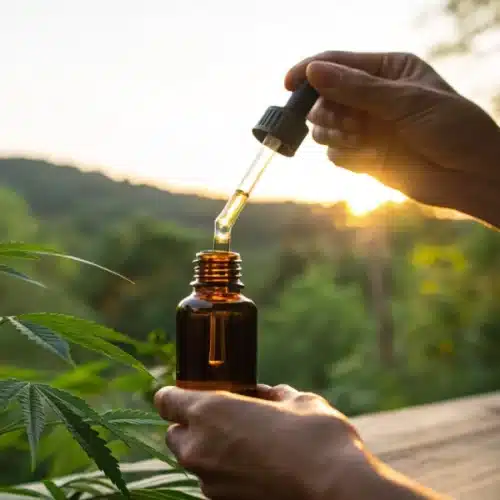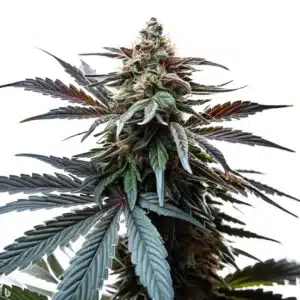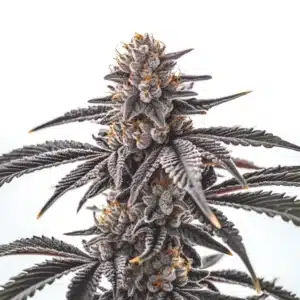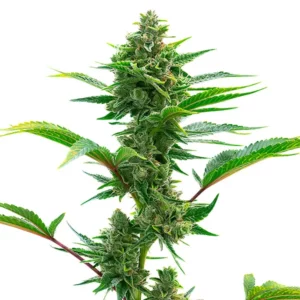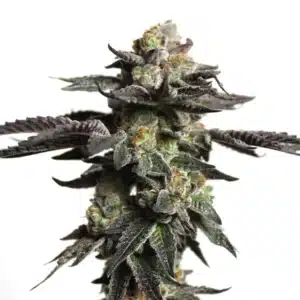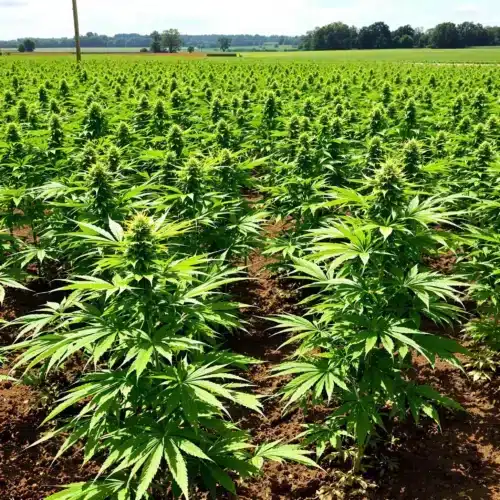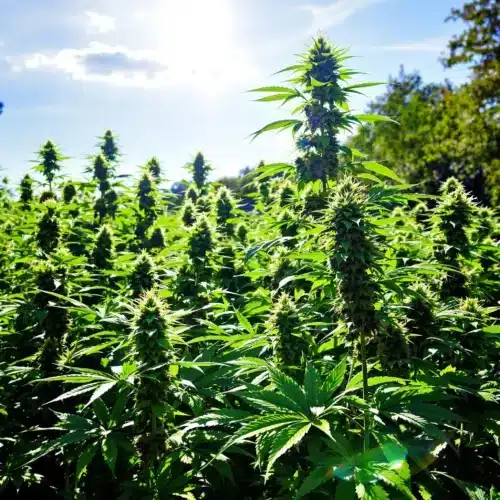Starting off with some of the best tips for growing weed outside, every cannabis enthusiast should be armed with expert advice to build a thriving outdoor garden. For those eager to succeed using proven strategies, you will find a blend of hands-on expertise and playful insight throughout the guide. Whether you are new to outdoor cultivation or a seasoned grower, following these guidelines will set you on the path to abundant yields and healthy plants. (Note: The phrase “tips for growing weed outside” appears intentionally in the first paragraph.)
Tip 1 – Start with Quality Genetics: tips for growing weed outside
Quality genetics form the backbone of any thriving cannabis garden. Using superior seeds ensures that your plants have the best potential for growth, resilience, and high yields. Selecting genetics that have been rigorously tested for outdoor conditions is key.
Choosing your strains wisely requires thorough research and a keen eye for detail. Reputable seed banks offer varieties bred for outdoor climates, featuring natural resistance to pests and environmental stressors. This approach helps establish a strong foundation from the start.
Quality Genetics and Trusted Seed Sources
When sourcing seeds, always opt for trusted suppliers with a solid reputation. Many expert growers recommend vendors who provide detailed information about strain lineage and expected performance. This attention to detail is essential for success.
Consider strains that have a track record of thriving in your specific region. Factors such as humidity, temperature fluctuations, and local pests should guide your decision-making process. A strong genetic foundation helps your garden face environmental challenges.
Extra emphasis on quality genetics not only boosts plant vigor but also enhances flavor, aroma, and cannabinoid profiles. Many experienced cultivators argue that success begins in the seed tray.
Promos & Deals
Tip 2 – Pick the Perfect Spot
Choosing the right location is fundamental for successful outdoor cannabis cultivation. Identify a site that provides abundant sunlight, optimal airflow, and natural shelter from extreme weather. Such careful planning guides you to set up an environment where your plants can flourish.
A well-chosen spot should receive at least six hours of direct sunlight daily, ensuring robust photosynthesis and vigorous plant development. Experienced growers often share that pairing natural elements with strategic placement leads to more reliable harvests.
Optimizing Sunlight, Airflow, and Microclimates
When scouting for a garden location, assess the area at different times of day to understand light patterns and temperature shifts. Incorporating natural windbreaks like fences or hedges can create a microclimate that protects your plants while still delivering ample light.
Be mindful of nearby trees or structures that might cast shadows or restrict airflow. Ensuring your garden is not overcrowded will allow each plant to receive its fair share of light and fresh air. Taking time to fine-tune your garden’s location can save you future headaches.
Tip 3 – Use Nutrient-Rich Soil: tips for growing weed outside
Soil quality is the cornerstone of any successful cannabis garden. A nutrient-rich, well-draining soil provides the necessary foundation for strong root development and overall plant health. Investing time in amending your soil creates an ideal growing medium.
Mixing organic matter like compost or aged manure into your garden bed improves both fertility and structure. Many veteran growers recommend regular soil testing to adjust pH and nutrient levels, ensuring that the environment remains balanced throughout the growth cycle.
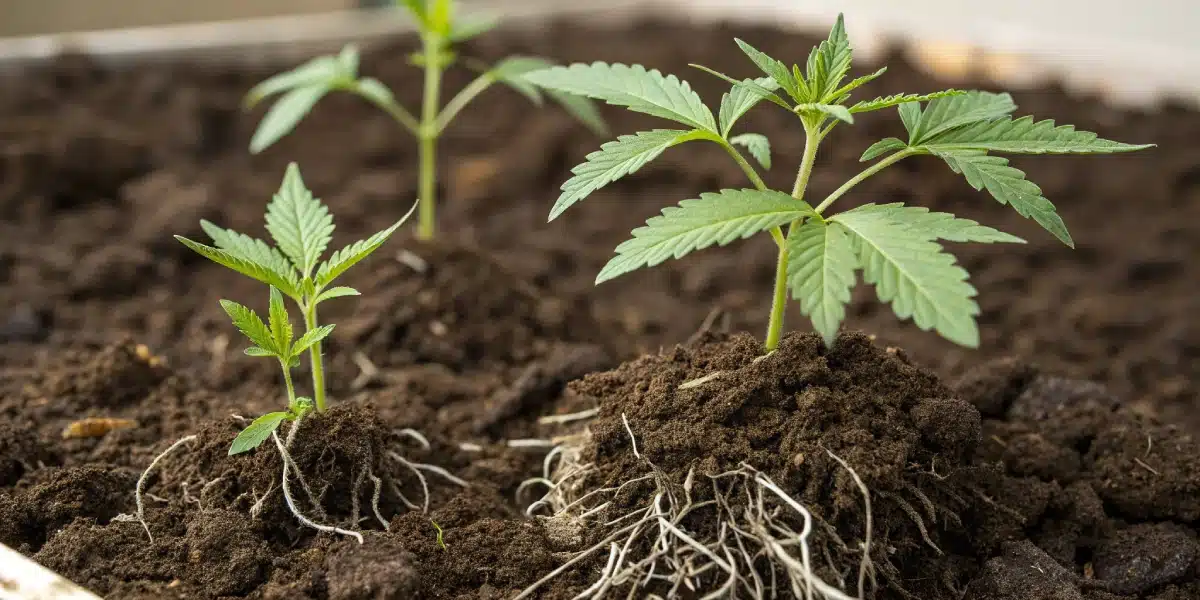
Enhancing Soil Health with Organic Amendments
Using high-quality organic compost boosts microbial life in your soil, leading to improved nutrient availability. Creating a self-sustaining ecosystem supports healthy growth.
Regularly incorporating amendments such as bone meal, kelp, or worm castings provides additional nutrients that are slowly released over time. These practices promote long-term soil fertility and plant resilience.
Consider using cover crops or green manures during off-seasons. Such techniques prevent soil erosion, add organic content, and maintain soil structure, ensuring a successful harvest.
Tip 4 – Water Smartly
Efficient water management is key to avoiding common pitfalls like overwatering or underwatering. Smart irrigation practices ensure that your cannabis plants receive the right amount of moisture at the right time, keeping them hydrated without risking root rot.
Schedule your watering during cooler parts of the day, such as early mornings or late afternoons. This minimizes evaporation and allows water to seep deeply into the soil. Many seasoned growers consider such practices essential for maintaining a healthy water balance in the garden.
Innovative Irrigation Techniques and Water Conservation
Drip irrigation systems or soaker hoses deliver water directly to the root zone efficiently, reducing water waste while ensuring steady moisture levels.
Collecting rainwater or using a water barrel can further contribute to sustainable gardening practices. Monitoring soil moisture with sensors helps determine precise watering needs, enhancing your garden’s efficiency.
Tip 5 – Prevent Pests Early: tips for growing weed outside
Keeping pests at bay is a common challenge for outdoor growers. Preventive measures form the first line of defense against infestations that can quickly damage your crop. Integrating proactive pest control into your routine helps maintain a pest-free environment and protect your investment.
Regular monitoring and early intervention can prevent minor issues from escalating. Natural pest repellents, companion planting, and encouraging beneficial insects reduce the need for harsh chemicals.
Implementing Integrated Pest Management Strategies
Integrated Pest Management (IPM) combines cultural, biological, and mechanical practices to control pests effectively. Using organic sprays and natural predators keeps your garden healthy and balanced.
Rotating crops and removing affected leaves or buds at the first sign of infestation further exemplifies a proactive approach to pest prevention. Maintaining clean garden practices and eliminating decaying matter reduces the risk of outbreaks.
Tip 6 – Train Your Plants (LST, Topping)
Training your plants through techniques like Low-Stress Training (LST) and topping can dramatically improve light exposure and airflow across your garden. Reshaping your plants encourages multiple bud sites and a more even canopy, maximizing every branch’s potential.
Proper plant training not only boosts yields but also simplifies garden maintenance. Many experienced cultivators swear by these techniques, which are widely recognized among successful growers.
Benefits of LST and Topping Techniques
Low-Stress Training involves gently bending and securing branches to allow light to penetrate lower parts of the plant. Topping, which entails removing the top growth, promotes lateral branching and a bushier structure.
These methods reduce shading and ensure that nutrients and water are evenly distributed. Refining your training techniques as your garden evolves helps you continue to reap the benefits throughout the growing season.
Tip 7 – Watch for Mold and Mildew: tips for growing weed outside
Vigilance against mold and mildew is essential to protect your plants from fungal infections. Moist and humid conditions can lead to outbreaks that compromise both quality and yield. Spotting early signs allows for immediate corrective action.
Routine garden inspections during high humidity or after heavy rains help keep fungal issues at bay. Proper spacing and ensuring adequate airflow between plants further reduce the risk.
Early Detection and Preventive Measures
Identify early warning signs such as discolored patches or a fuzzy appearance on the leaves. Swift removal of affected parts and application of organic fungicides can prevent minor issues from becoming major setbacks.
Regular pruning and timely sanitation practices contribute significantly to controlling mold and mildew. Keeping the growing area clean by removing dead leaves and debris diminishes the risk of infection.
Tip 8 – Support Branches as Needed
As your cannabis plants mature, they may require extra support to prevent branches from breaking under the weight of dense buds. Installing supports such as stakes, cages, or trellises is a practical solution to preserve plant structure.
By reinforcing branches early in the flowering stage, you ensure that your plants can withstand both their own growth and environmental pressures like wind or heavy rain. Proper support is considered essential among experienced cultivators.
Effective Branch Support Methods
Sturdy bamboo stakes or adjustable trellis systems provide the necessary support to keep your plants upright. Securing branches with soft ties or garden twine helps distribute weight evenly and prevents breakage.
Regularly checking and adjusting supports as plants grow ensures that reinforcement remains effective. Beyond physical supports, gentle pruning and training can also reduce the load on vulnerable branches.
Tip 9 – Time Your Harvest Right: tips for growing weed outside
Knowing when to harvest your cannabis is an art that blends observation with an understanding of plant development. Harvesting at the perfect moment maximizes potency, flavor, and overall quality. Close monitoring of plant maturity and environmental cues is key.
Indicators include the color and texture of trichomes as well as the overall appearance of the buds. Experienced growers rely on careful observation to ensure that every bud reaches its full potential before collection.
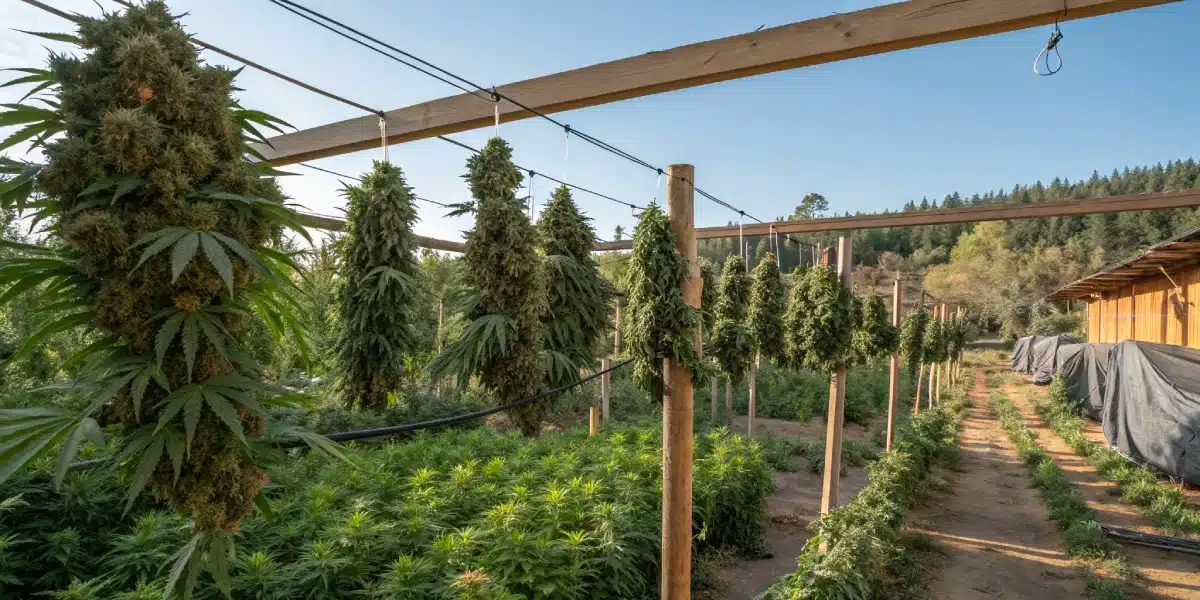
Signs That It’s Time to Harvest
Pay close attention to the trichomes on your buds. A mix of clear, milky, and amber trichomes signals that the harvest window is opening. Regular observation and detailed notes on plant progress help perfect your timing.
Weather forecasts also play an important part. An unexpected change in weather can impact bud quality, so staying informed and flexible is essential for optimal results.
Tip 10 – Dry and Cure Properly
After harvesting, proper drying and curing are vital to preserve the aroma, flavor, and potency of your cannabis. A meticulous drying process allows moisture to evaporate slowly, reducing the risk of mold and maintaining cannabinoid integrity.
Careful drying followed by a controlled curing process significantly enhances overall harvest quality. Many seasoned growers advocate for patience and attention to detail during these final steps.
Step-by-Step Drying and Curing Process
Begin by hanging your buds in a dark, cool, and well-ventilated space for several days until the outer leaves feel dry. This gradual drying phase preserves flavor compounds and potency.
Once adequately dried, transfer your buds into airtight glass containers and open them periodically to release excess moisture. Maintaining the right balance of humidity and temperature during curing is essential for a superior final product.
Advanced Strategies and Outside Weed Growing Tips: tips for growing weed outside
Beyond the ten essential tips, seasoned cultivators often share advanced strategies that can elevate your outdoor garden to new heights. Embracing innovative techniques and a proactive mindset builds on foundational practices to optimize plant performance even further.
Integrating technology, organic practices, and advanced cultivation methods can lead to exceptional results. Many expert growers have refined these methods over years of experience, proving that constant learning and adaptation unlock untapped potential.
Embracing Technological Tools in Cultivation
Modern tools such as soil moisture sensors, automated irrigation systems, and weather tracking apps provide invaluable insights into your garden’s needs. These technological integrations complement traditional practices in today’s advanced cultivation landscape.
Data-driven decisions allow you to tailor watering, fertilizing, and pest management schedules with precision. Many growers report that high-tech solutions transform their routine by merging innovation with time-tested methods.
Sustainable and Organic Growing Practices
Adopting sustainable practices not only benefits your garden but also contributes to environmental health. Incorporate organic fertilizers, natural pest repellents, and companion planting to create a thriving ecosystem.
Eco-friendly practices such as crop rotation and the use of cover crops help maintain soil fertility and structure. Integrating these methods with traditional techniques creates a resilient system that stands out among successful outdoor growers.
FAQs: tips for growing weed outside
What are the best strains for outdoor cultivation? (outside weed growing tips)
Strains that excel in outdoor environments are typically resilient, pest-resistant, and adaptable to varying climates. Look for varieties bred specifically for outdoor conditions with a strong genetic heritage.
Experienced cultivators advise selecting strains with a proven track record in your specific region. Researching strain performance can help ensure a bountiful and successful garden.
How often should I water my outdoor cannabis plants? (outside weed growing tips)
Watering frequency depends on local weather, soil composition, and the plant’s growth stage. Generally, deep, infrequent watering is preferable as it encourages strong root development.
Using a soil moisture meter or checking the top few inches of soil can help determine the right schedule for your garden.
What natural remedies can I use for pest control? (outside weed growing tips)
Neem oil, garlic-based sprays, and the introduction of beneficial insects are popular choices among organic growers. These natural methods help maintain garden health without harsh chemicals.
Integrating these remedies aligns with a balanced ecosystem and a proactive approach to pest management.



